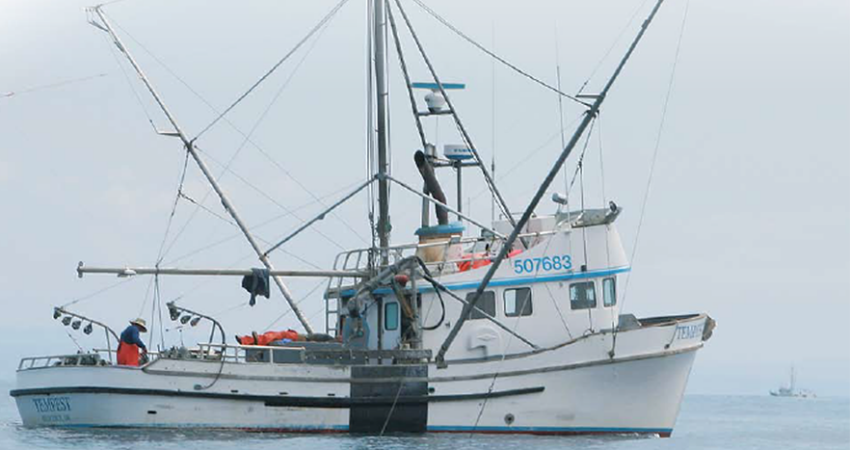All commercial and recreational salmon fishing will be prohibited in California for the second year in a row. The Pacific Fishery Management Council (PFMC) announced Wednesday that they have adopted ocean salmon fishing recommendations along the Pacific west coast. They stated that the season will provide recreational and commercial opportunities in northern areas of the coast. Still, significant reductions and closures will be in the southern portions of the coast to achieve conservation goals for Chinook and coho salmon stocks.
PFMC cited low numbers for the Sacramento River winter Chinook, Central Valley Spring Chinook, and Upper-Sacramento River fall Chinook Salmon. According to the Seattle Times, the state of Calif. salmon population is struggling with the effects of the severe drought that gripped the state from 2020 to 2022. Many of the young salmon were killed due to the hotter temperatures and lower water levels.
Fishing and environmental groups stated that state and federal water managers should have kept more water in rivers and behind dams to reduce the impact on the species. During the drought, cities, farms, and fishing interests battled for limited water supplies.
“It’s heartbreaking. It’s a travesty. State and federal water managers are devastating our rivers. They are removing vast amounts of water and creating lethally high temperatures in those rivers that are destroying salmon,” Scott Artis, executive director of the Golden State Salmon Association, told the press.
“If you kill all the baby salmon through California water policy, then two or three years later, you aren’t going to have adults returning, or very few. This is the governor’s legacy.”
The forecasts for West Coast Chinook and coho stocks are a mixed bag in 2024, stated PFMC. There are some low and high points when compared to last year. “The forecasts for Chinook returning to California rivers this year are again very low,” said the council’s chair, Brad Pettinger. “Despite improved drought conditions, the freshwater environment that contributed to these low forecasted returns may still be impacting the overall returns of Chinook.”
Fisheries north of Cape Falcon (northern Oregon) will open but are limited mainly by the need to constrain the catch of lower Columbia River natural coho. Two natural coho stocks that were previously declared overfished, Queets River and Strait of Juan de Fuca, now meet the criteria for rebuilt status. More information on the PFMC news release for the West Coast Ocean Salmon Seasons can be found here.
Last year, the U.S. Commerce Department approved $20.6 million to help salmon fishermen after the season was shut down. However, fishing industry officials stated they have not yet received the money. The news of this year’s salmon fishery came the following week after the Calif. Department of Fish and Wildlife closed the commercial Dungeness crab season early to protect humpback whales.
In a Feb. 25 article by National Fisherman, fishing groups such as the Pacific Coast Federation of Fishermen’s Associations, the Golden Gate Fisherman’s Association, and the Northern California Guides and Sportsmen’s Association called for “immediate full funding of salmon disaster funding assistance” for the 2023 salmon closure.
The fishing groups stated in a joint letter, “Additionally, nearly a year after the declaration of the complete season closure, not one dollar of relief funds have been made available to affected businesses or their employees.”
Dick Ogg, a commercial salmon fisherman and past NF Highliner, told the press, “We’ve had a reduction in our crab season, a reduction in our rockfish season, and now we are going to go 9 months without potential income. This closure has had a great impact on all of us. We are having a difficult time, to say the least.”
The closing of the 2024 salmon season in Calif. will be another setback for the state’s fishermen. Over the past decade, the commercial salmon fleet has shrunk by almost 25%. In 2022, only 463 commercial boats fished during the open salmon season. In the late 1970s, well over 4750 vessels participated in the salmon fishery.
The collapse of the 2023 and 2024 seasons threatens the survival of these fishermen. The Calif. fishing groups wrote in their letter regarding the 2023 disaster relief, “Most industries grow over time. This one is declining at such a rapid pace that it might not even exist 17 years from now. If that is our intent, we are doing a pretty darn good job at extirpating not only the species but the industries and the men and women who work alongside it.”







